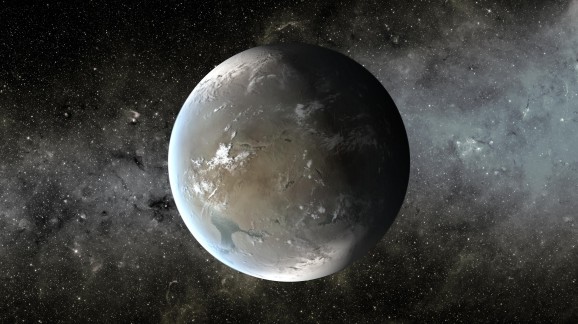Superhabitable Super-Earths May Be Better Than The Real Thing
This article is more than 2 years old

Scientists call potentially habitable planets double or triple the size of Earth “super-Earths” and have concluded that they may be “superhabitable.” In a paper published in Astrobiology, astronomers suggest that bigger might actually be better in the case of habitability because tectonic activity on larger planets takes longer to happen, which reduces the likelihood of frequent and sudden earthquakes and other disruptive or destructive events. The fewer and less frequent the tectonic shifts, the more stable the planet and the longer life has to get a foothold and start to flourish. Bigger planets also tend to have thicker atmosphere, which can help promote life-enhancing weather systems and shielding against radiation and solar flares.
The astronomers are specifically arguing against something called the Rare Earth hypothesis, which posits that life on Earth emerged from an unlikely, specific, and serendipitous set of conditions on Earth, and that life elsewhere in the universe would be an “unlikely phenomenon.” While the astronomers admit that “the occurrence of another truly Earth-like planet is trivially impossible,” they take issue with the idea that that Earth’s special set of characteristics make it any less likely for other planets to harbor life. In fact, they actually think that Earth may only be “marginally habitable,” and that many other planets or even moons may be more conducive to life. So rather than Earth being rare, it may be the case that life on Earth was unlikely.
The astronomers think that continuing to focus on identifying candidate planets makes sense, and that Alpha Centauri, the system nearest to our own (only four light-years away!) is the best place to start given that its age and radiation levels are both suggestive of the possibility of life — or, at least, don’t rule life out. Looks like those predictions for finding extra-terrestrials might not be so crazy after all.












